Samsung NX1 extensive ISO test
Update, I’ve written a post about the AF performance here.
My Samsung NX1 (check all latest post on this camera by clicking link) arrived today, together with the 50-150mm f2.8 S ED OIS. Time to put that 28-megapixel back-illuminated sensor to a thorough ISO test. I have some samples ready for you, including real world and studio with different lighting, in order to get a good feel of what this sensor is capable of. Good news is that the latest version of Lightroom 5.7 supports the Samsung NX1, so I imported the RAW files and exported them as JPEG with no noise reduction or other changes. You can click on the images for closer inspection, as they have not been resized. Studio lens is the kit 16-50mm ED OIS, outdoors Samsung 50-150mm f/2.8 at various apertures. Body is in firmware version 1.01 (I’m guessing all production models are running this firmware, no updates yet).
ISO 100
Not a speck of noise visible here, almost looks like a medium format sensor image. After testing a lot of smaller BSI sensor cameras this year, I had a feeling this APS-C size camera would produce beautiful pictures.
ISO 200
ISO noise is still very much under control (as you’d expect, of course). If you’re a pixel peeper, you might spot a slight grain, put nothing unpleasing.
ISO 400
The 28MPBSI APS -C sensor still produces very clean images, although if you further inspect the picture with the child, you’ll notice an increase in noise in fine detail and colour areas. This image was taken with the 40-150 mm at the far end, so it’s not the most reliable example, although the studio image has the same fine grain cluttering detail where focus lies. I should add that all APS-C sensors have this to some degree or another and different manufacturers process sensor data in various ways (yes before baking the RAW files).
ISO 800
Doubling ISO to 800 produces similar files. This value is the usable limit (for me anyway) with a lot of APS-C cameras, but the Samsung NX1 proudly soldiers on.
ISO 1600
Still no real problems at ISO 1600, very useable files if you don’t intend to crop much or expect very fine detail. Typically we would see some chroma noise appearing at this level, but those larger Pixels in this Samsung sensor seem to be doing their job very well. With almost no light, I still see very useable images at this level.
ISO 3200
Very slight levels of Luminance noise is visible, but still extremely useful images at ISO 6400. I read a “preview” for this camera with a comparison against the Nikon D7100, preferring the latter’s ISO performance. Well, he must have a special version of the D7100 because mine can’t even dream of low noise images like this….
I wonder if Nikon and Sony representatives troll forums to give negative feedback on this camera… I took the last image today in almost total darkness, with just a bit of indirect streetlights, still looks excellent.
ISO 6400
The Samsung NX1 reminds me ISO performance wise of the Fuji X-TRANS II sensor. It’s a camera for the photographer who intends to use his camera for real work, not just bragging to his friends about the latest-and-greatest. I’d be euphoric taking the NX1 to a wedding and know I’ll be good up to ISO 6400 without any disasters or having to resort to massive and ugly noise reduction.
Even without much light, the sensor is still capable of rendering useable images. Autofocus is another matter I learnt today.
ISO 12800
Don’ have many ISO 12800 shots yet, as I guessed it would not be useable. Will have to rethink that… As a comparison, I’ve added an image of the Sony A7s “ISO monster” at 12800. Although it does look a bit cleaner, the Samsung NX1 isn’t far behind. And remember the A7s is a 12MP camera, the Samsung NX1 a 28MP camera.
ISO 25600
I would not use the NX1 at this ISO level, but compared to the Sony A77M2, it does fare better.
Noise Reduction
I had a question about how well noise reduction would work on Samsung NX1 images, so I’ve got some examples here. I played around with Lightroom’s built-in NR, but I prefer to work with something like Google’s Nik Dfine 2 which selectively reduces noise in different parts of the image. It”s a better way of preserving detail where it matters and more substantial noise reduction can be applied to other areas. These images, from ISO 1600 upwards all have had the automatic noise reduction applied. I stand by my conclusion that images are useful up to ISO 6400 (with NR applied), and that is also the upper limit of the camera’s factory Auto ISO settings. Good job Samsung, I always find that it installs confidence when a manufacturer gets this right (with RAW images too), as they should know the limits of their own products.
Dynamic range
Dynamic range is similar to other recent mirrorless APS-C camera’s, perhaps with a bit more detail in shadows due to the larger light gathering capabilities of the back-illuminated sensor. A decent amount of highlight and shadow recovery is possible, but not comparable to what you’d get with a full frame sensor. But I’d say on a par with current Sony APS-C sensors, at least. The NX1 does always makes the most out of available light, rendering clearer images than the naked eye can see in low-light scenery. The visual effect in dim light is not unlike what you’d see when using a very fast lens, and without the noise we are generally used to.
Conclusion
It’s too soon to evaluate the Samsung NX1 fully. I can say that when it comes to ISO performance, this camera delivers exactly what it says on the tin: 20MP (or even 16) APS-c noise levels in a 28MP camera. That is impressive. It’s even comparable at medium ISO to the performance of the Sony A7s, although I think that the camera does produce sharper images (could be the lens through). What I like even more is the “look” of the pictures. Although the NX1 auto white balance does produce rather “cold” images (easily correctable), they loo very classy (and not unlike those from medium format sensors). More to come soon!
And the NX1 is now in stock at Adorama

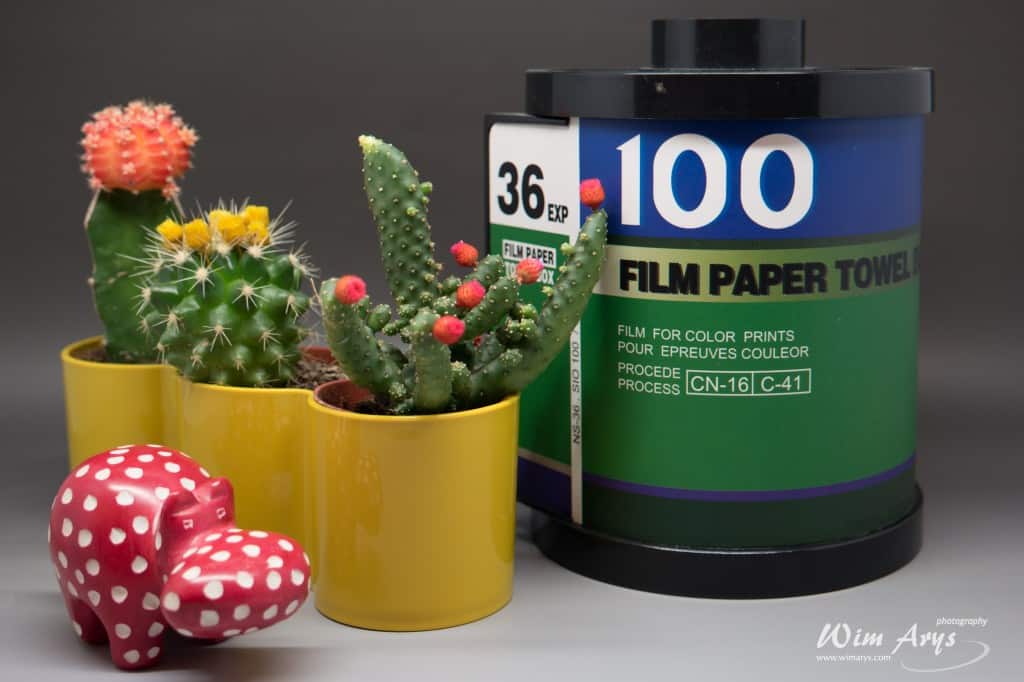
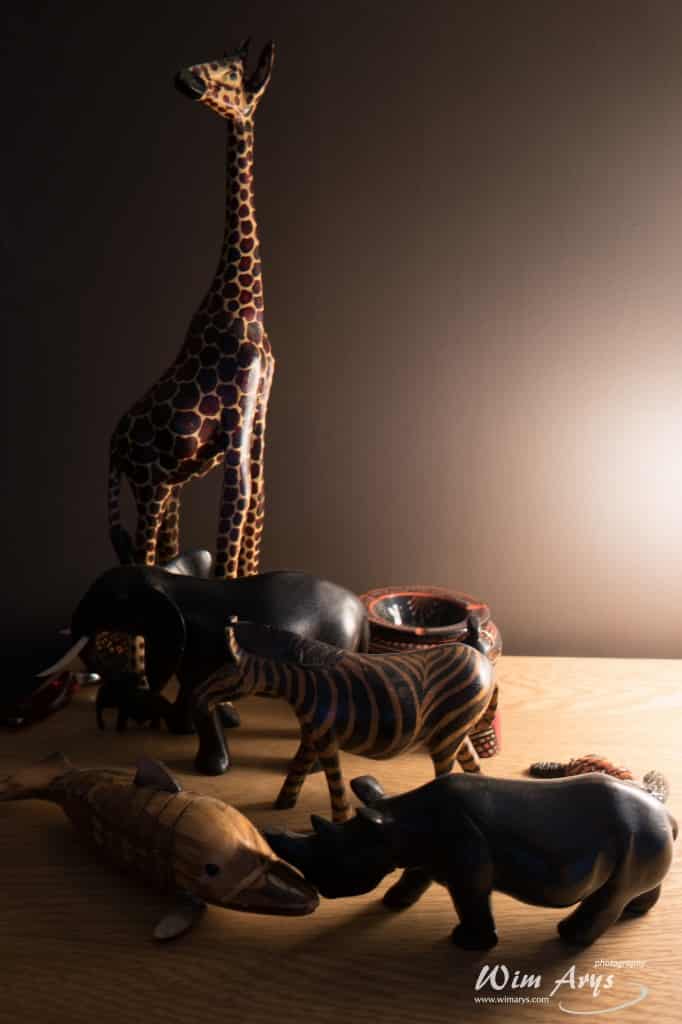
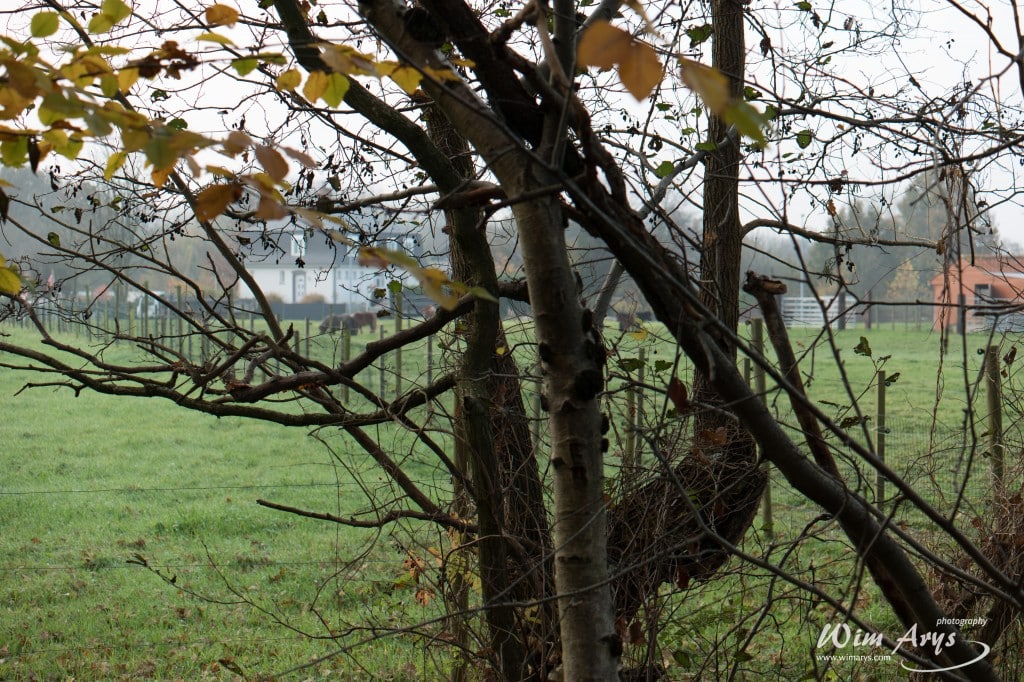
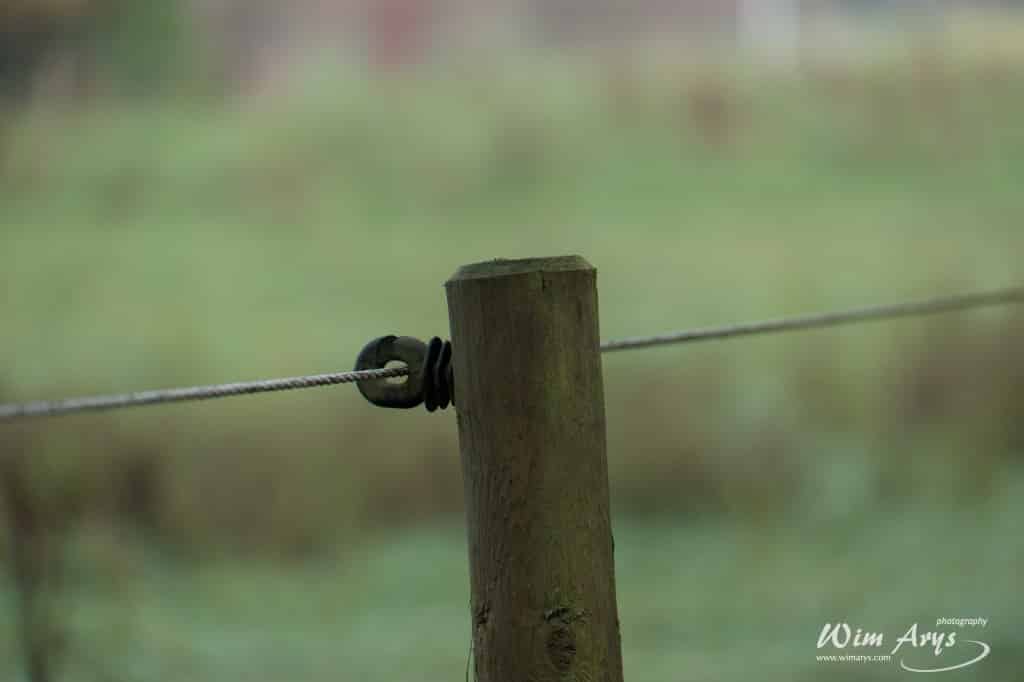
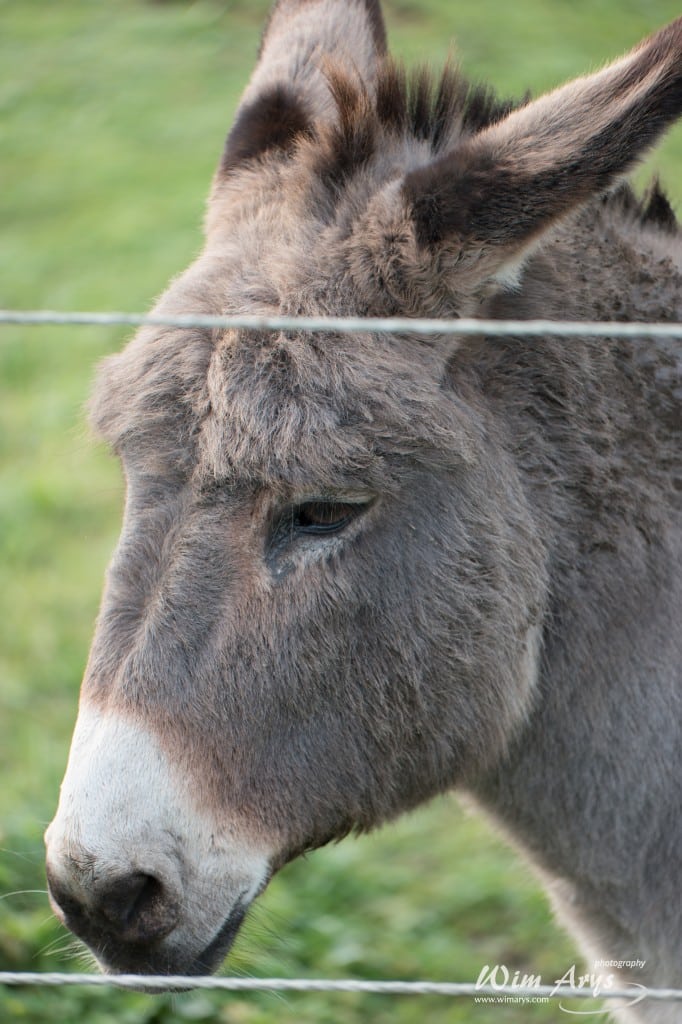
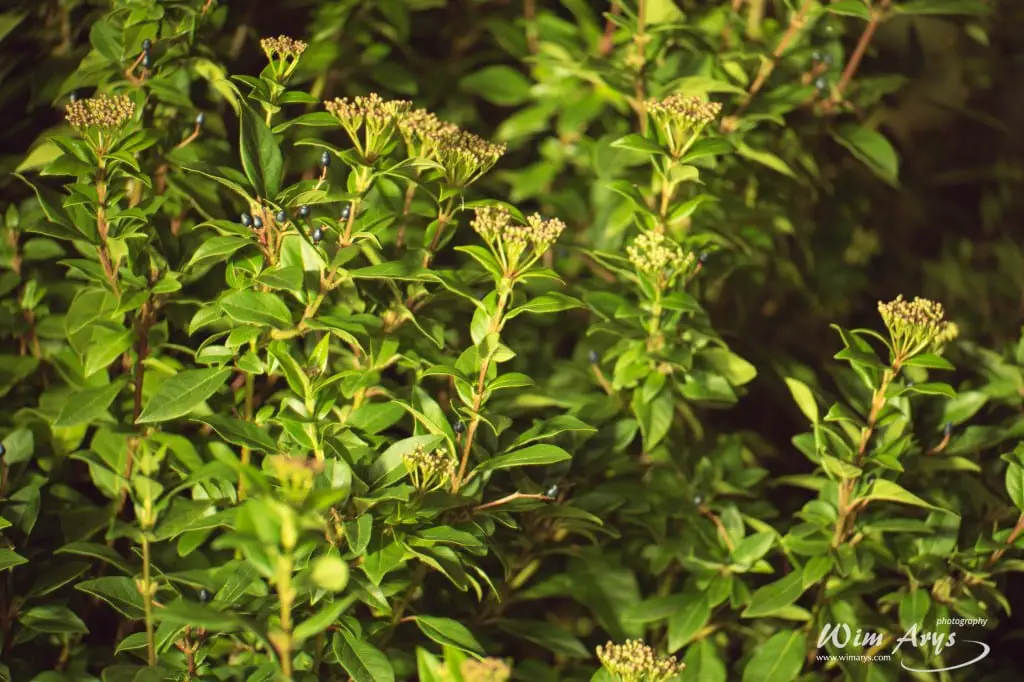
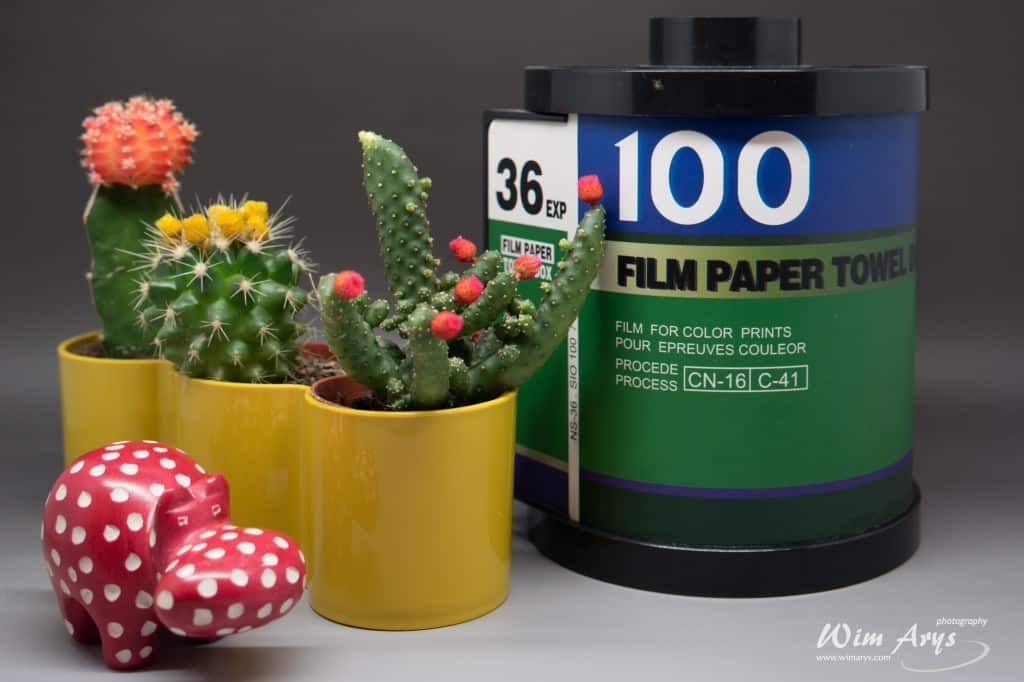
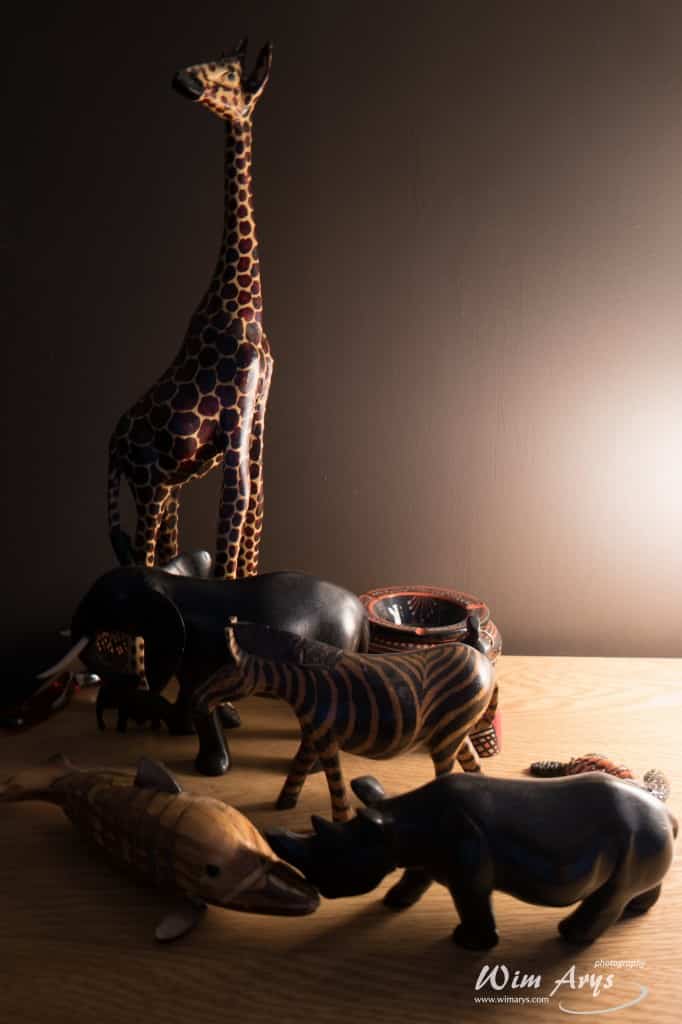
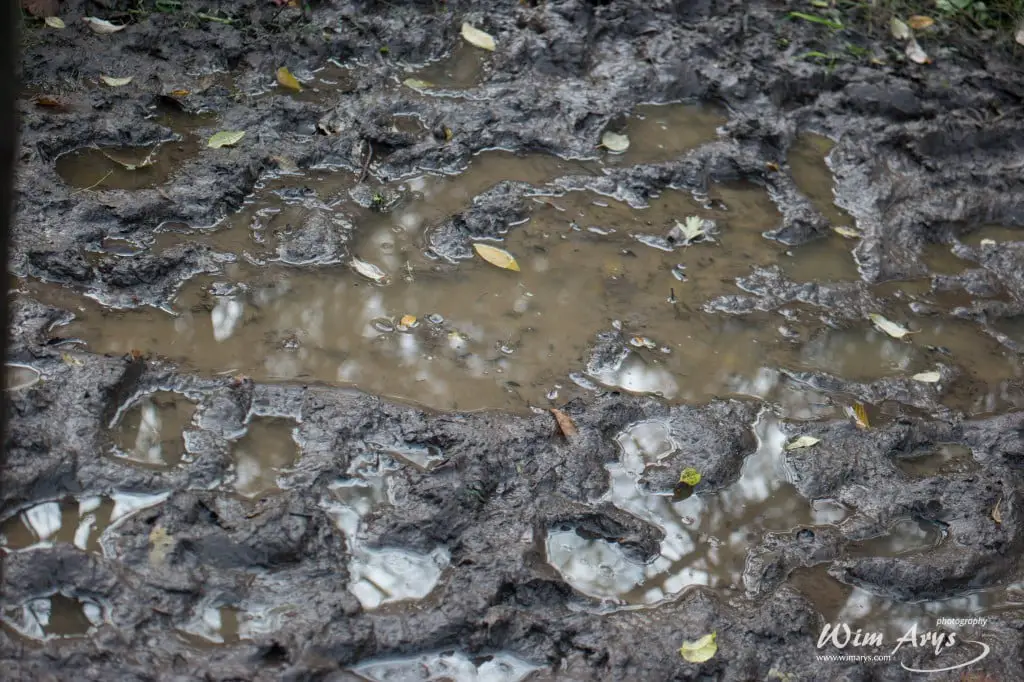
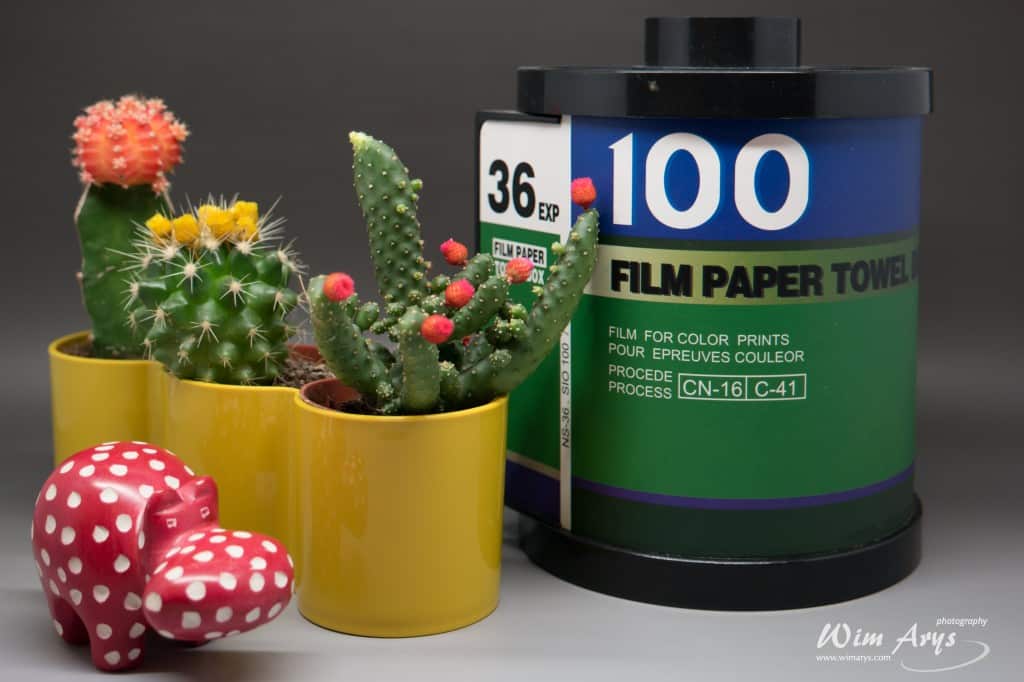
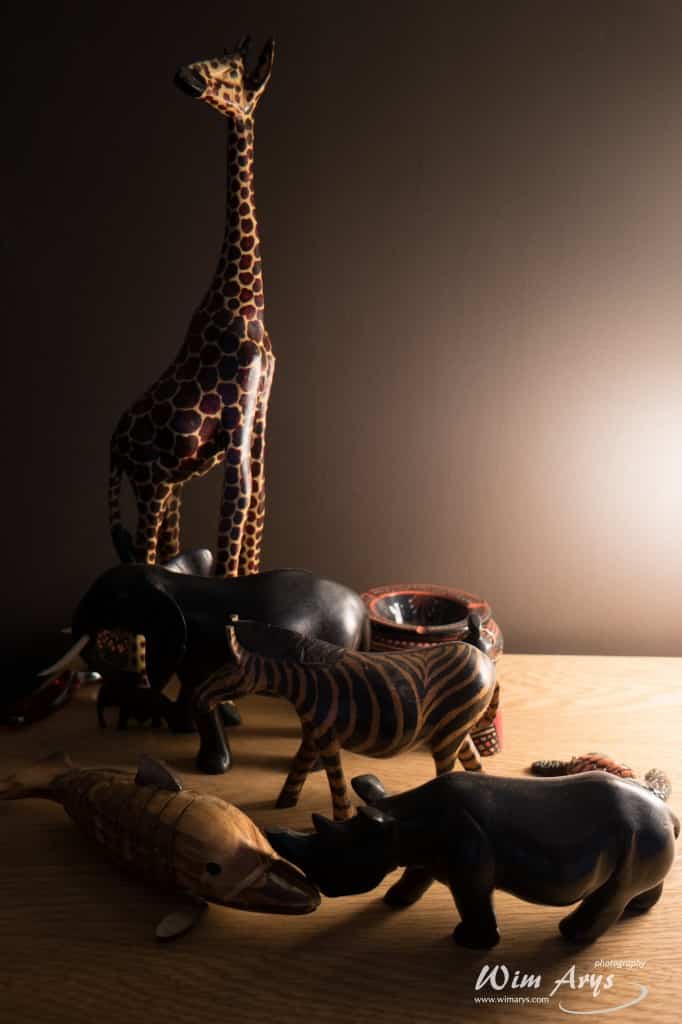
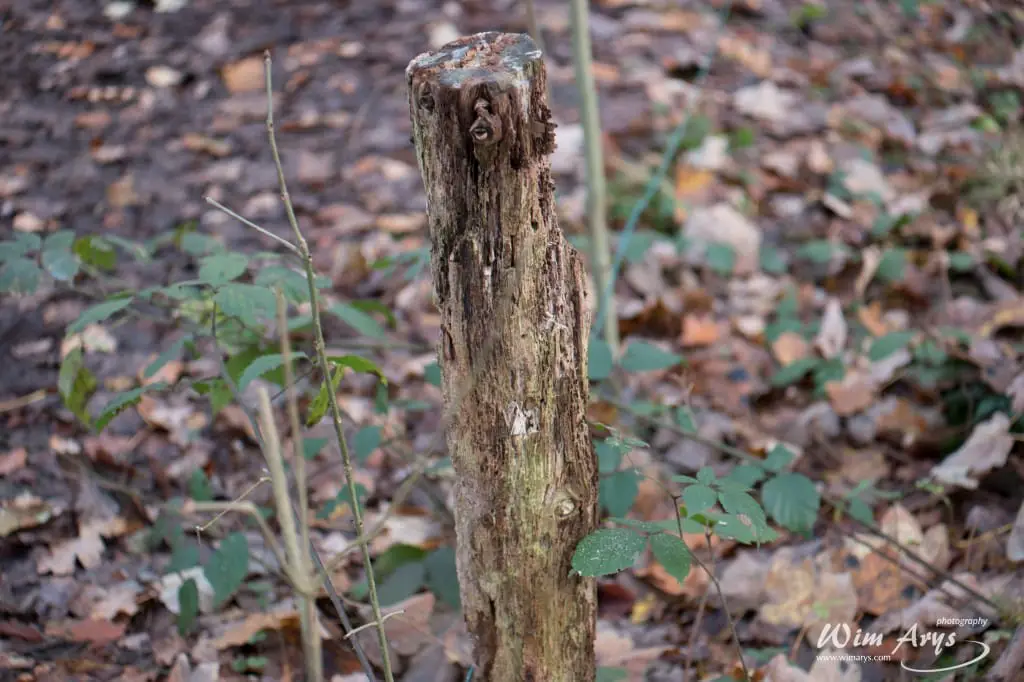
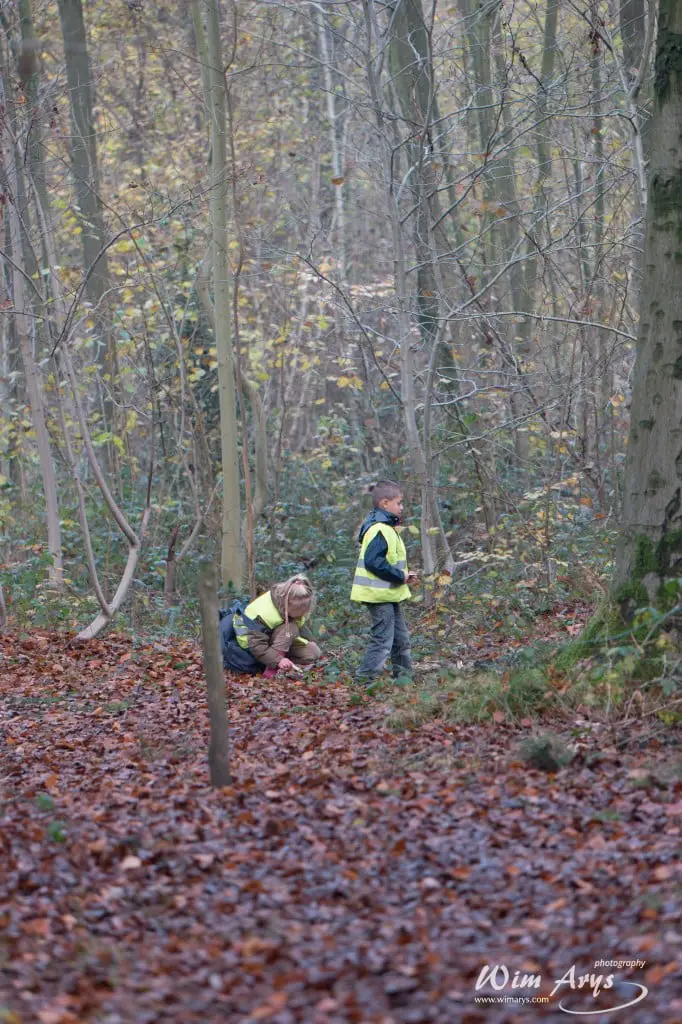
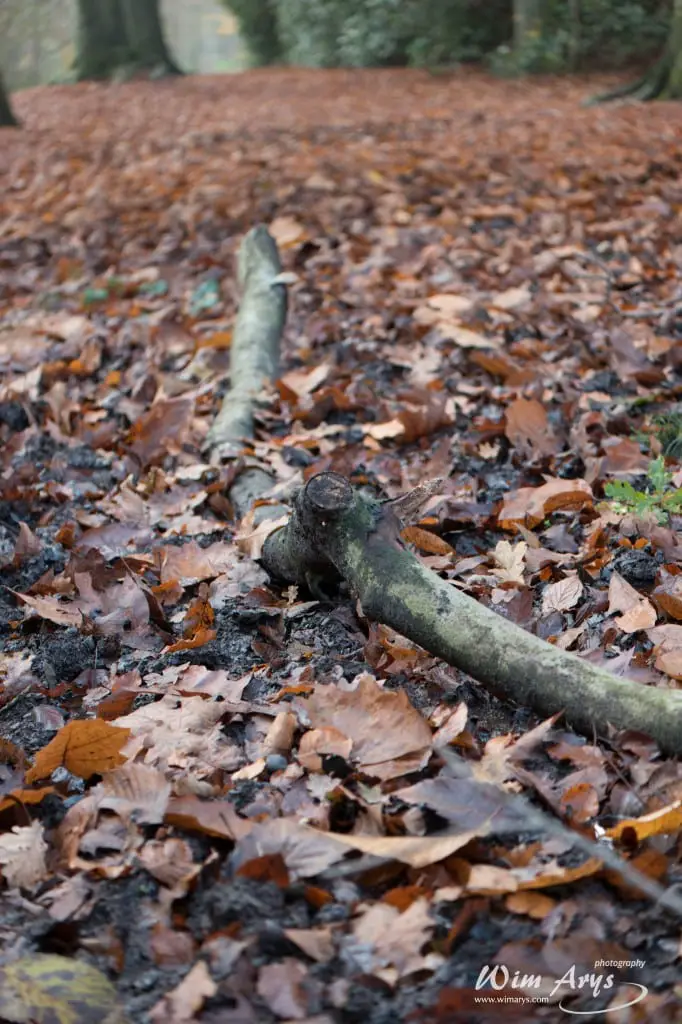

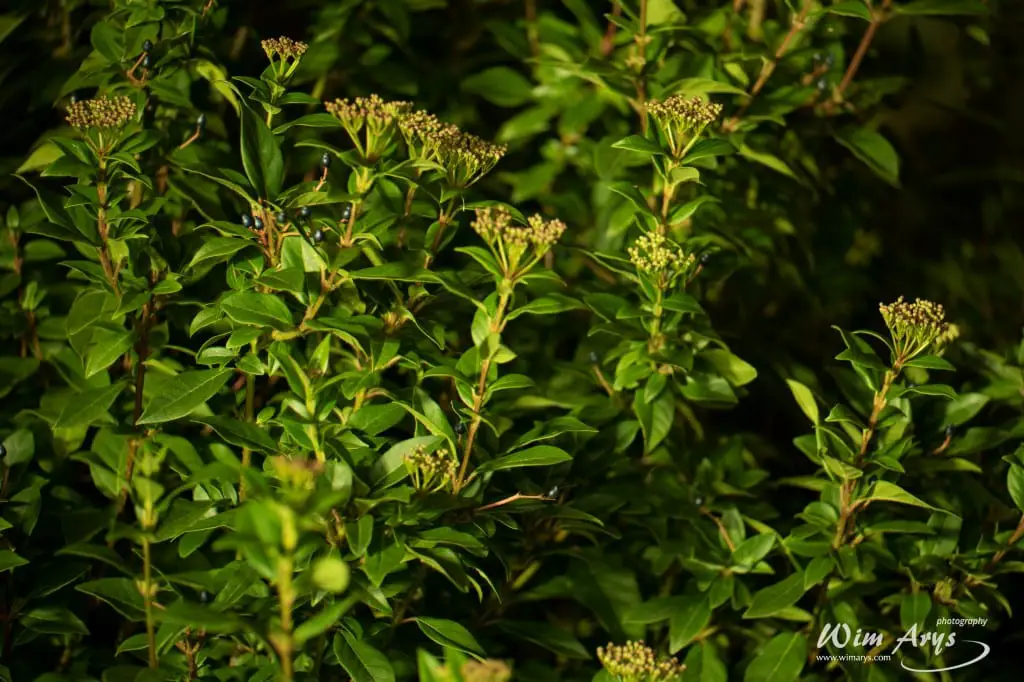
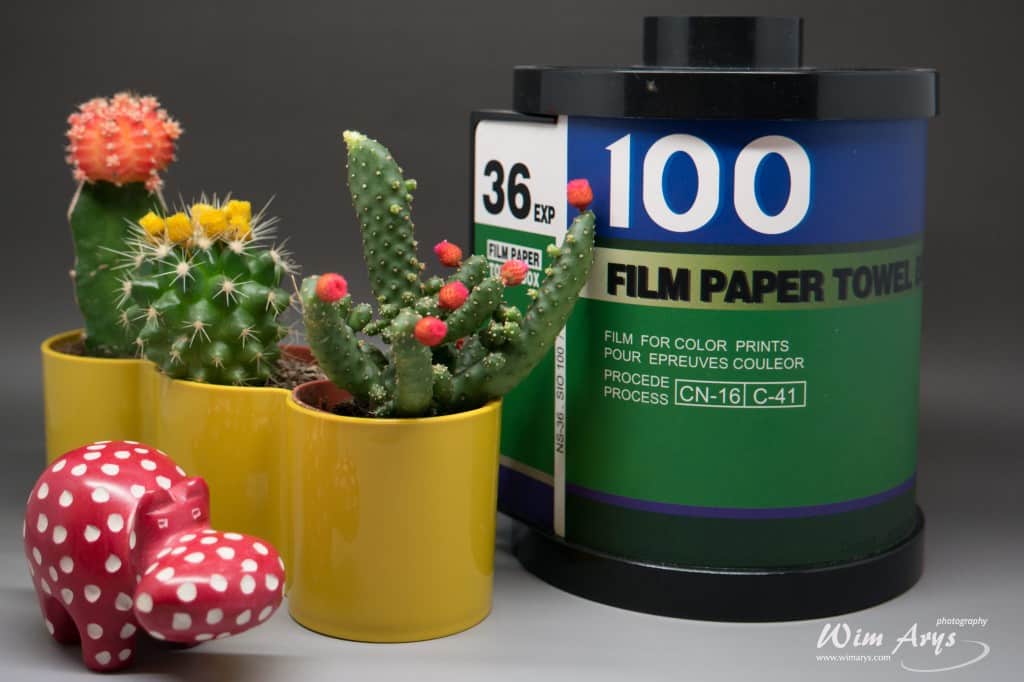
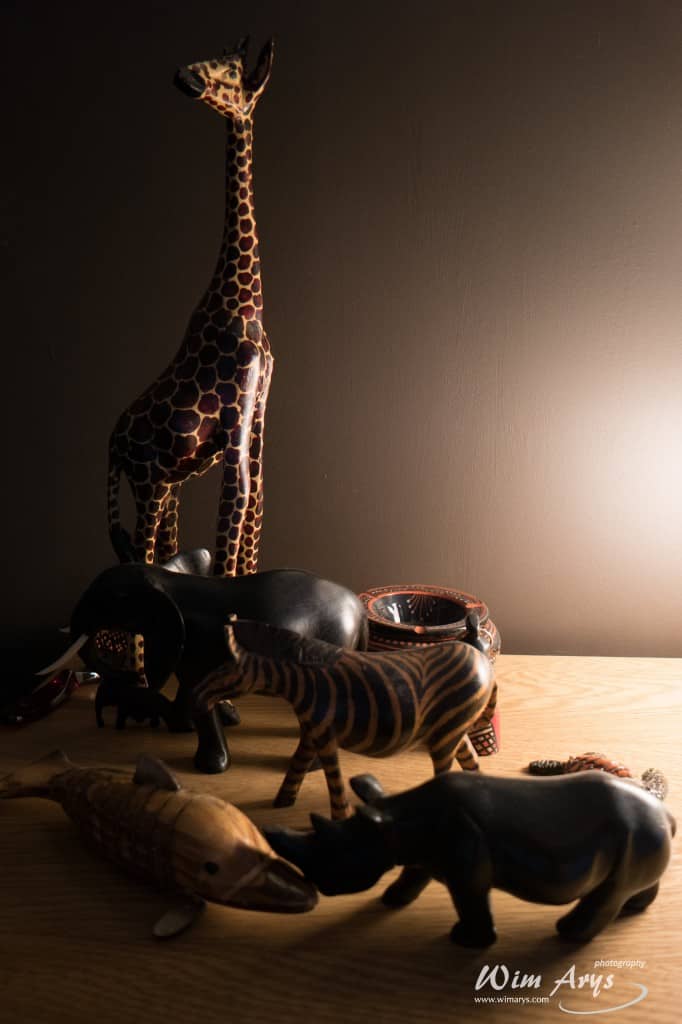
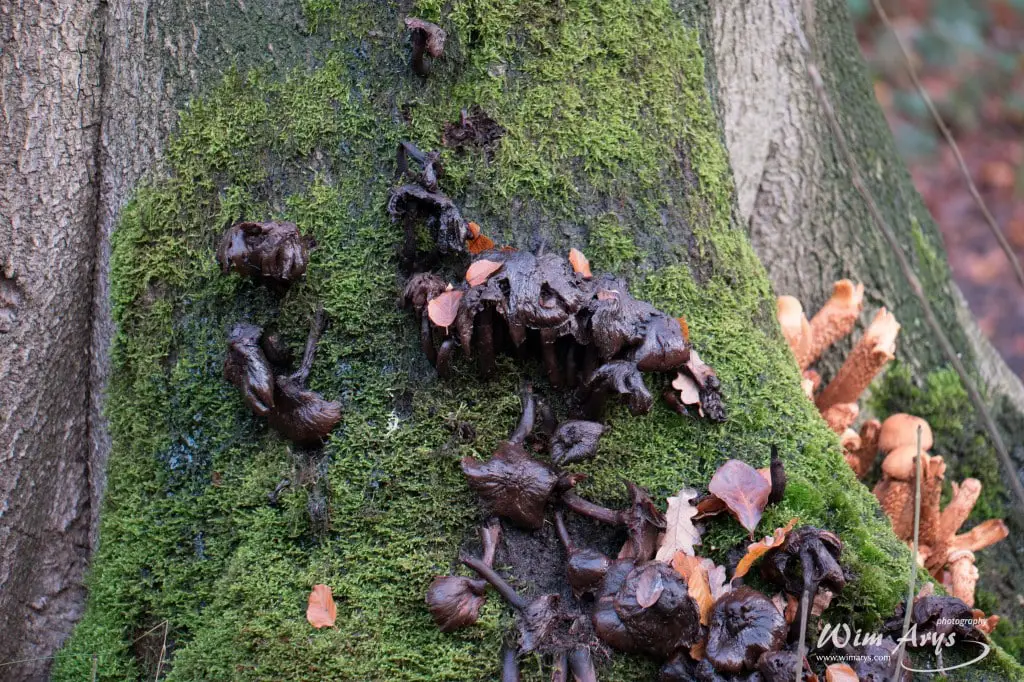

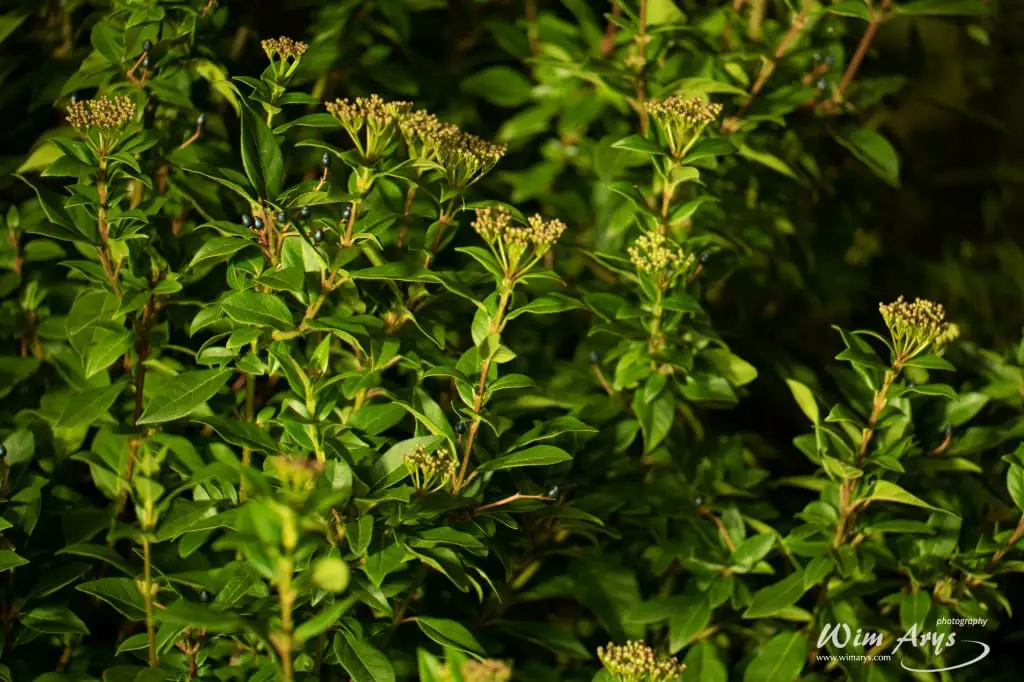
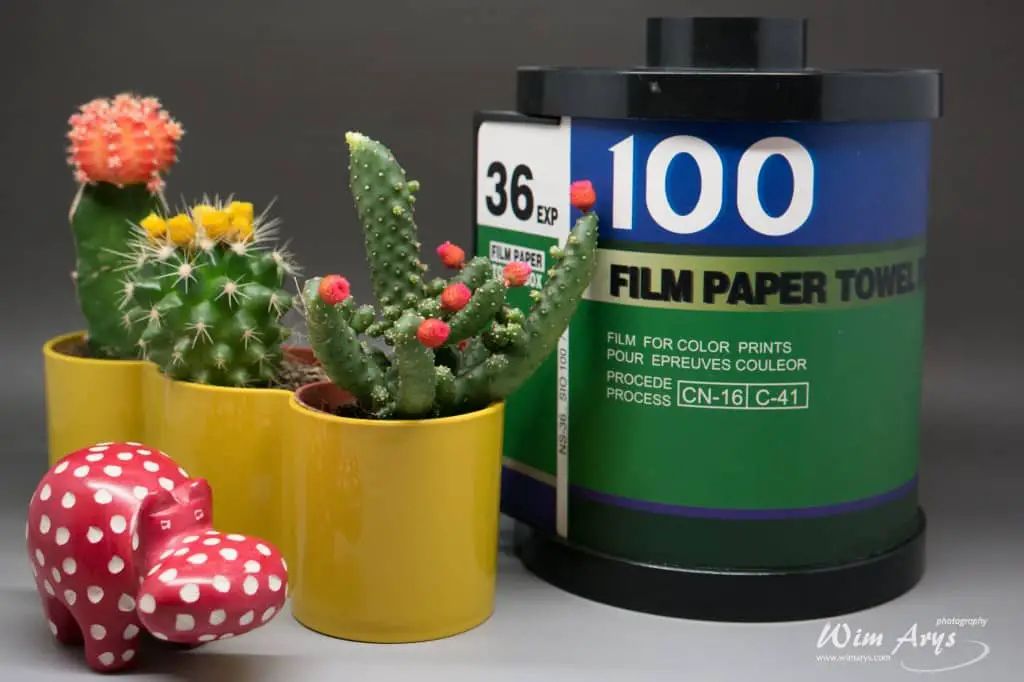
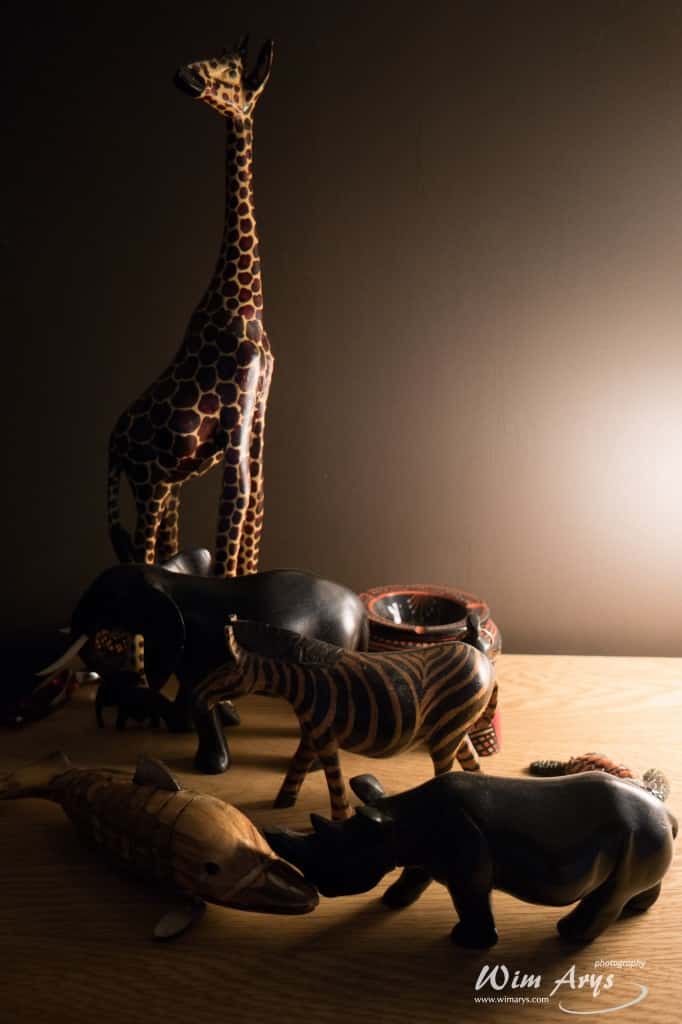
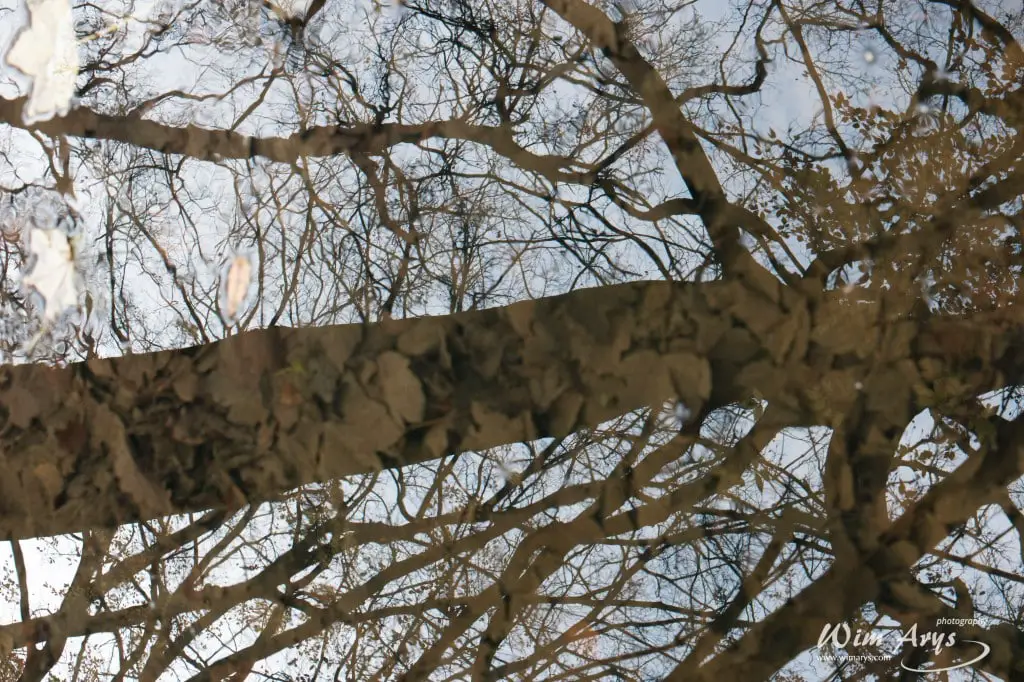
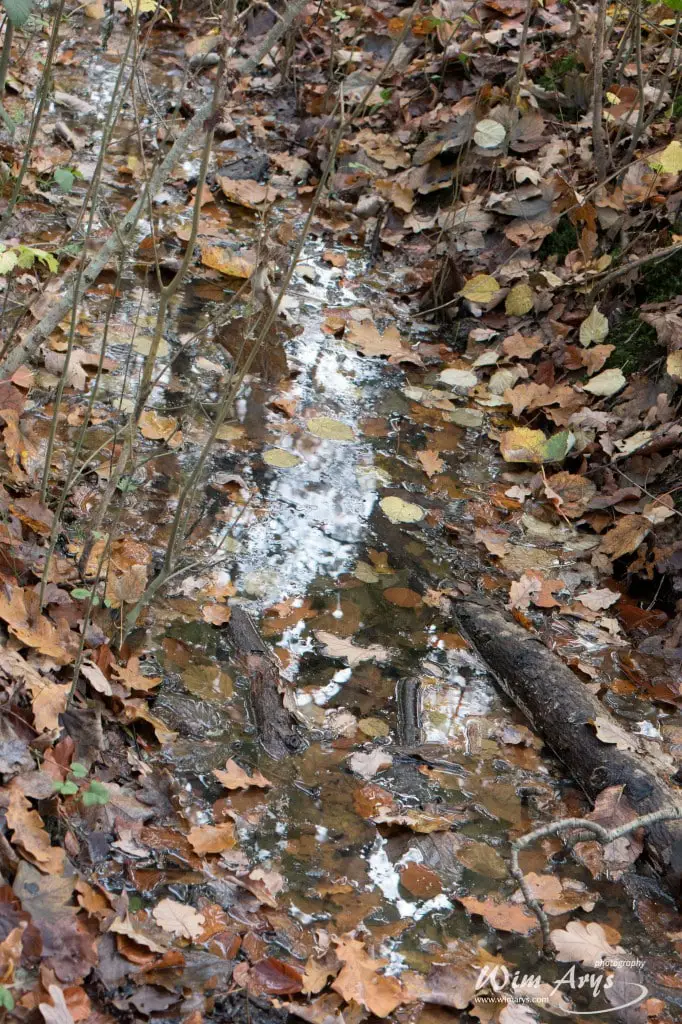
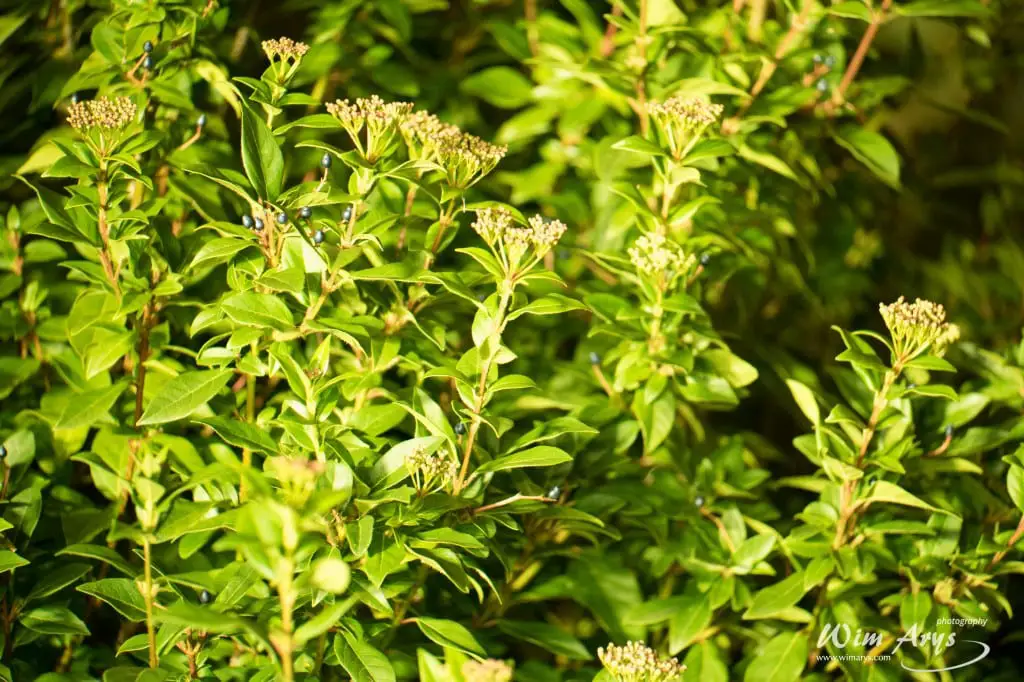
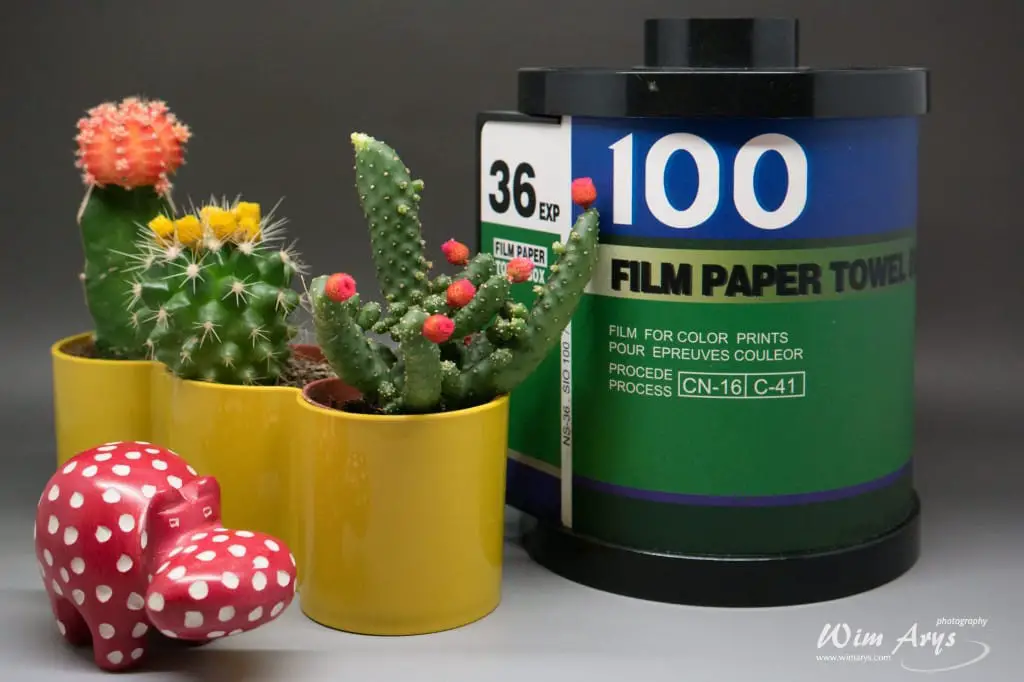
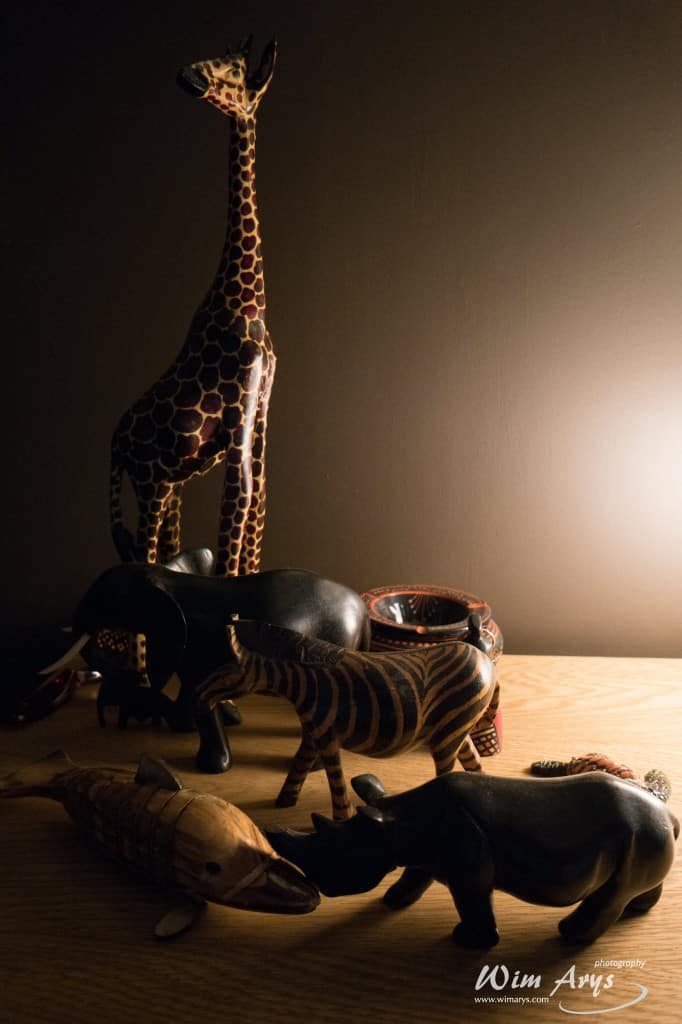

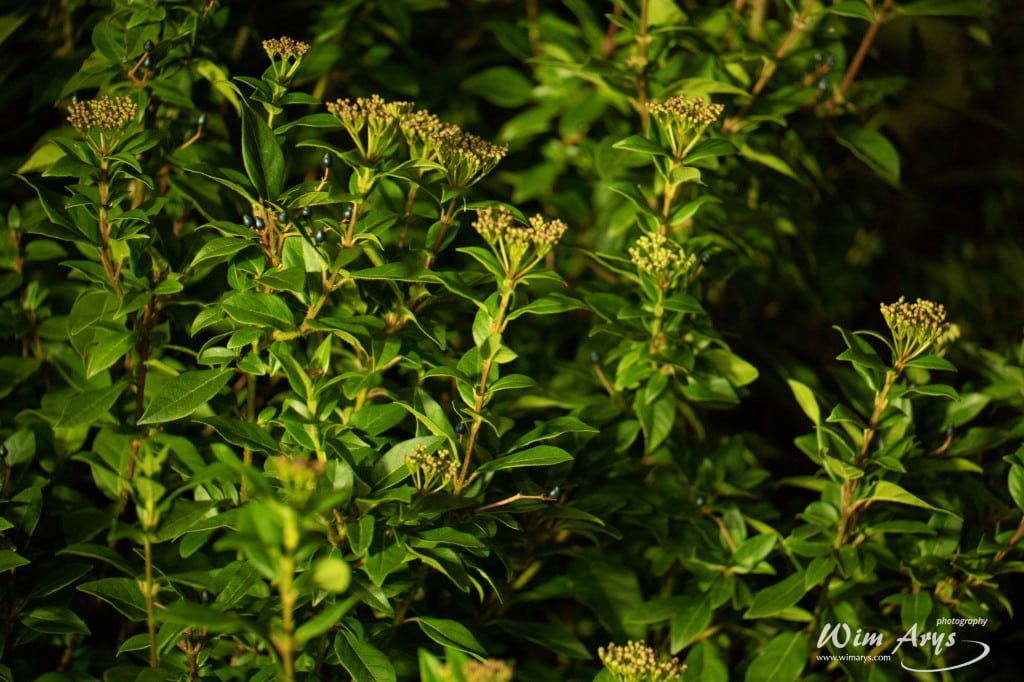

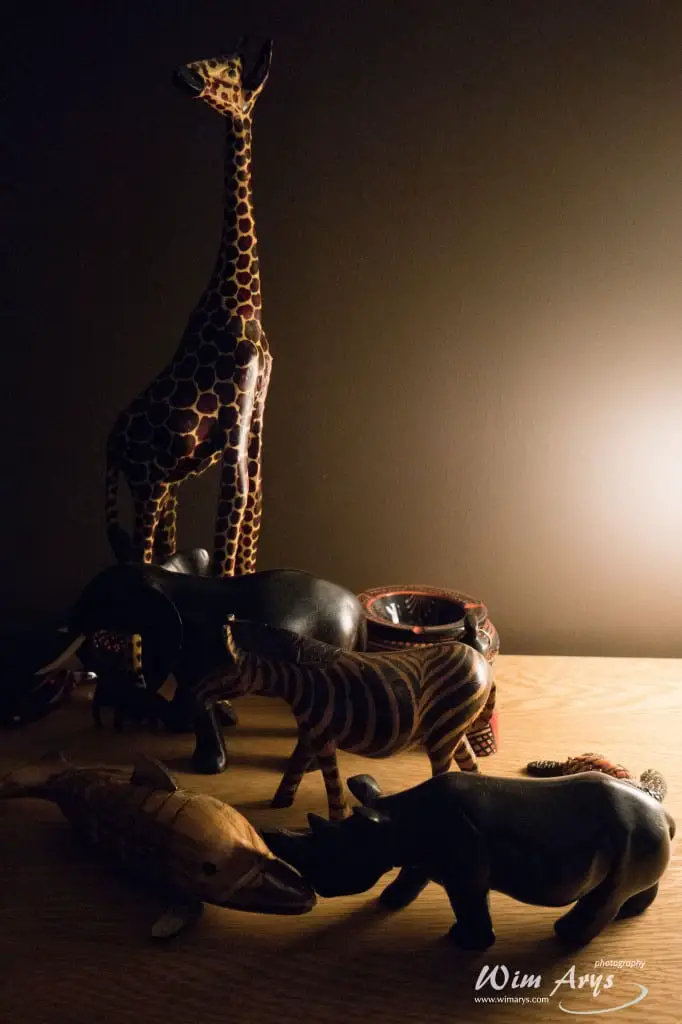
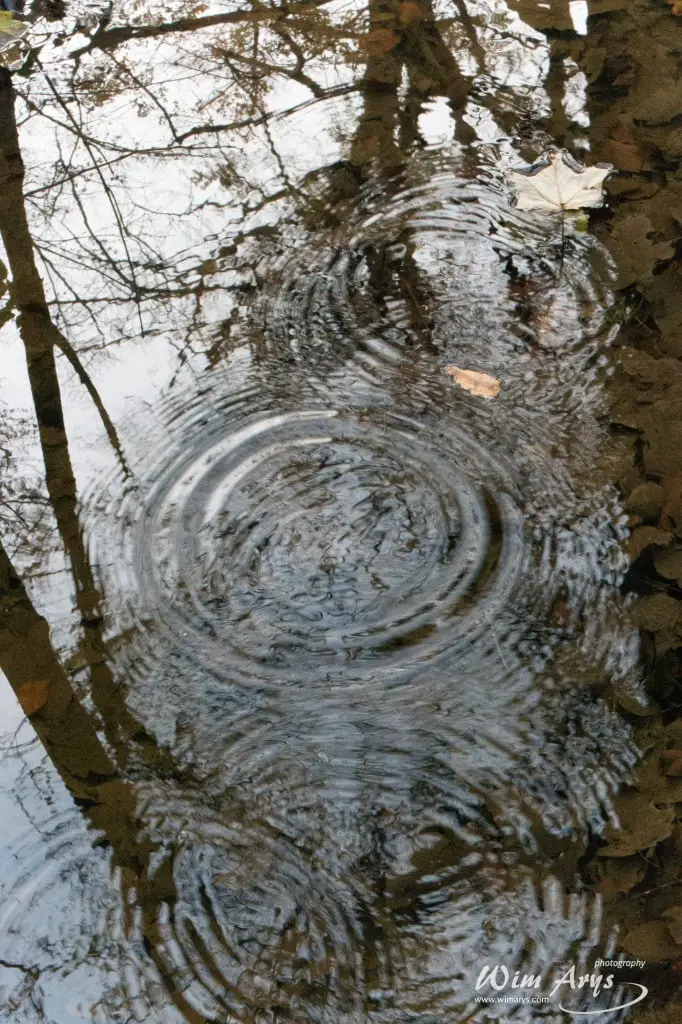

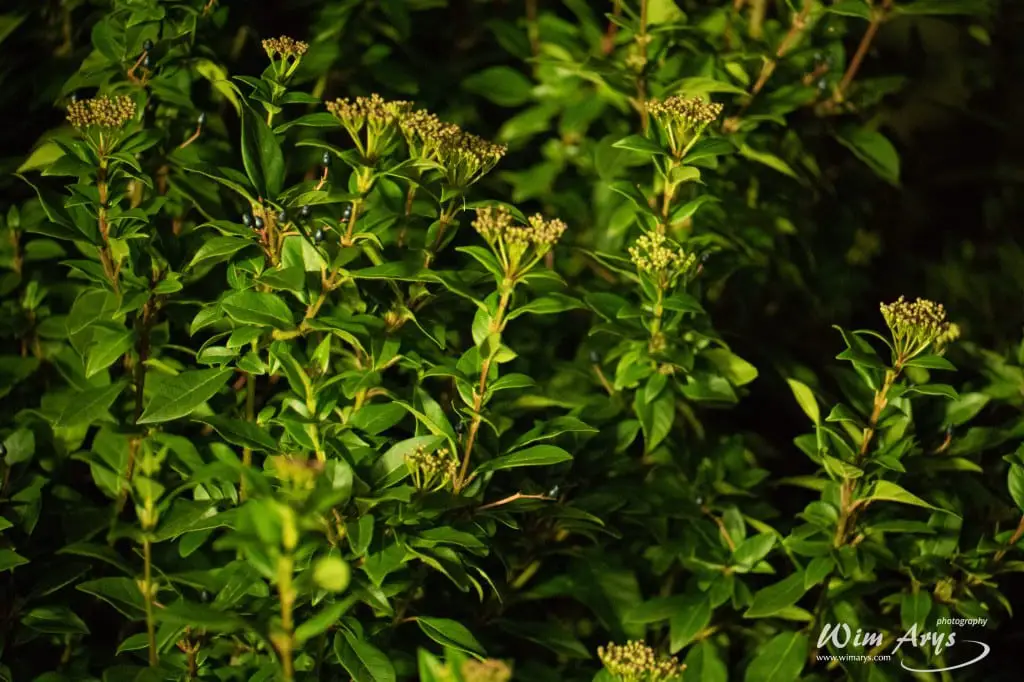

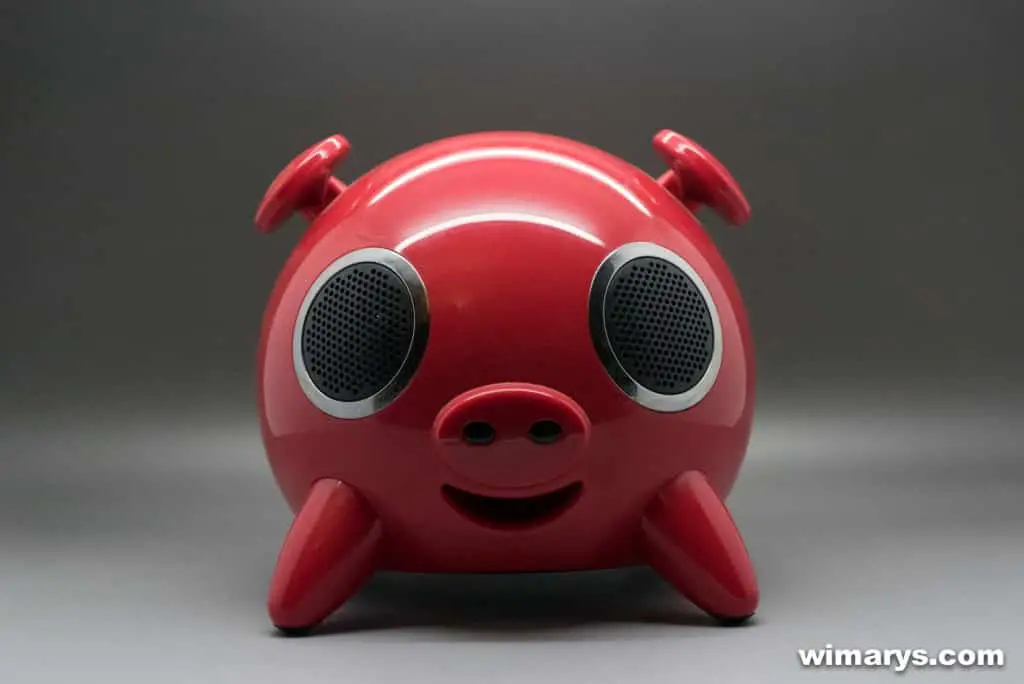
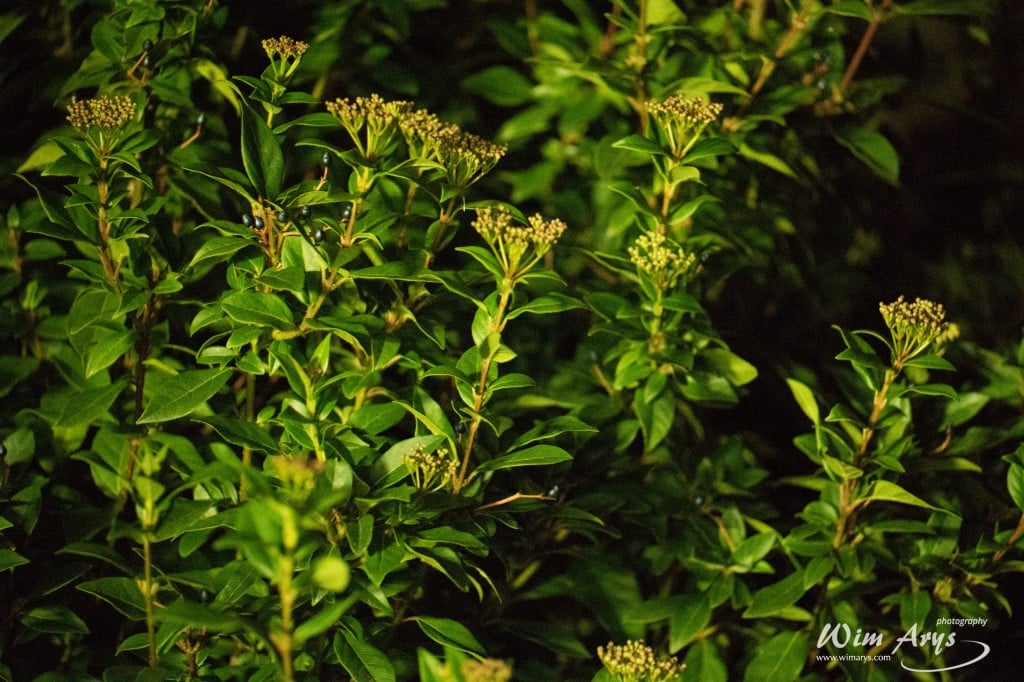
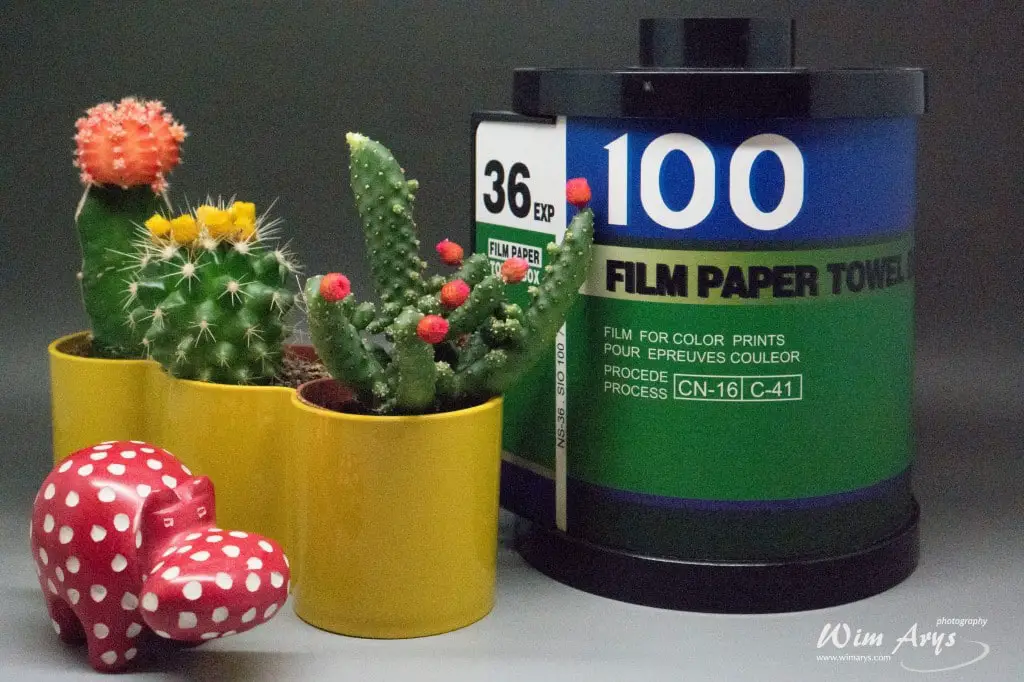
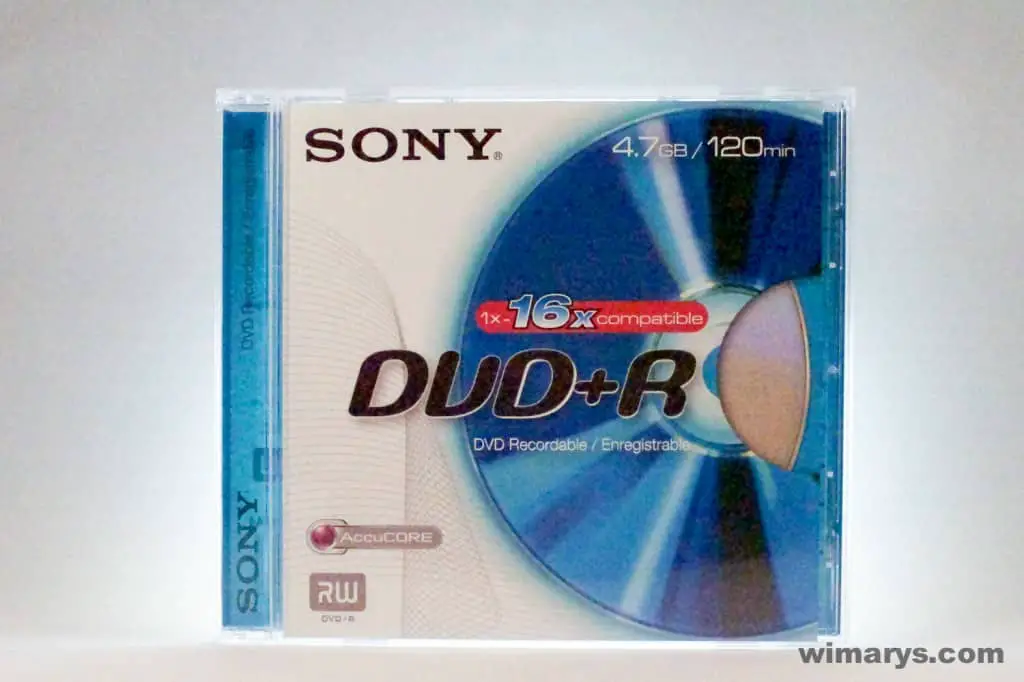
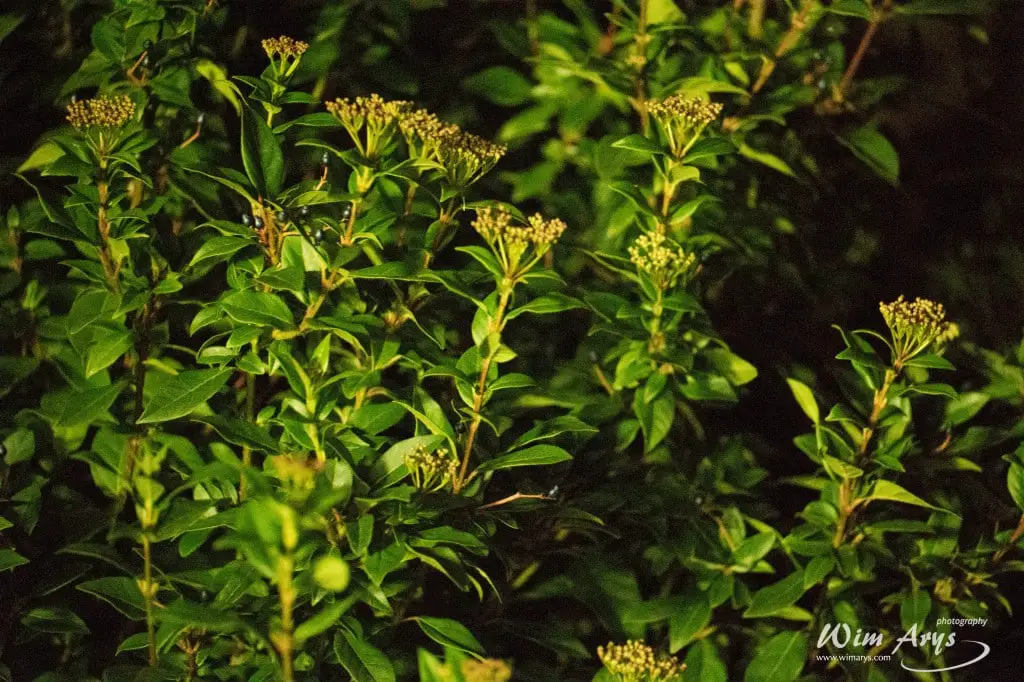
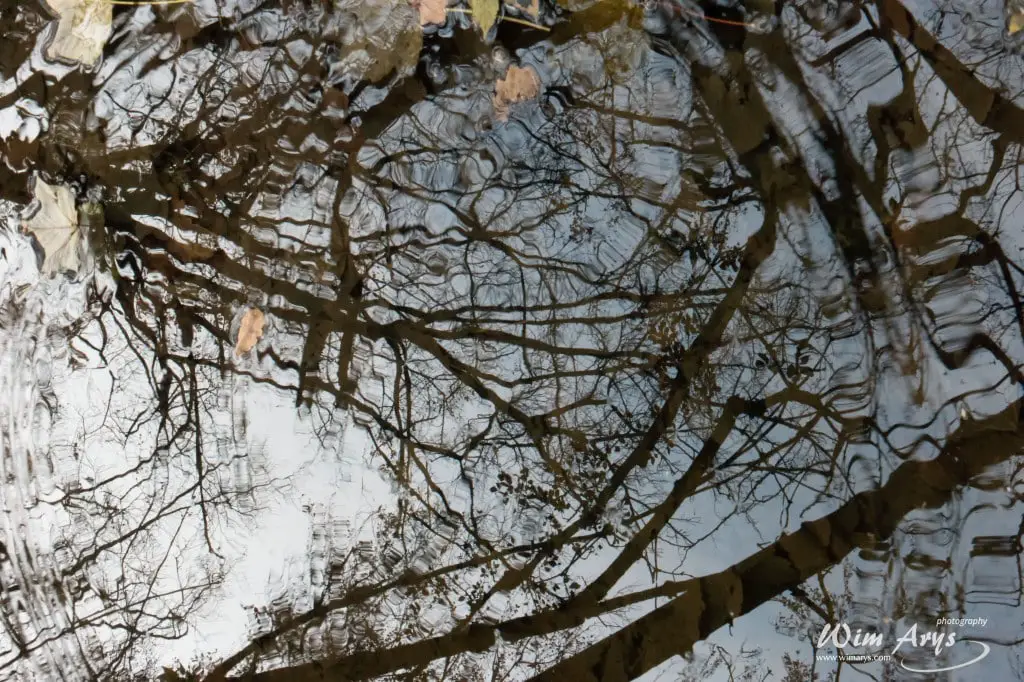

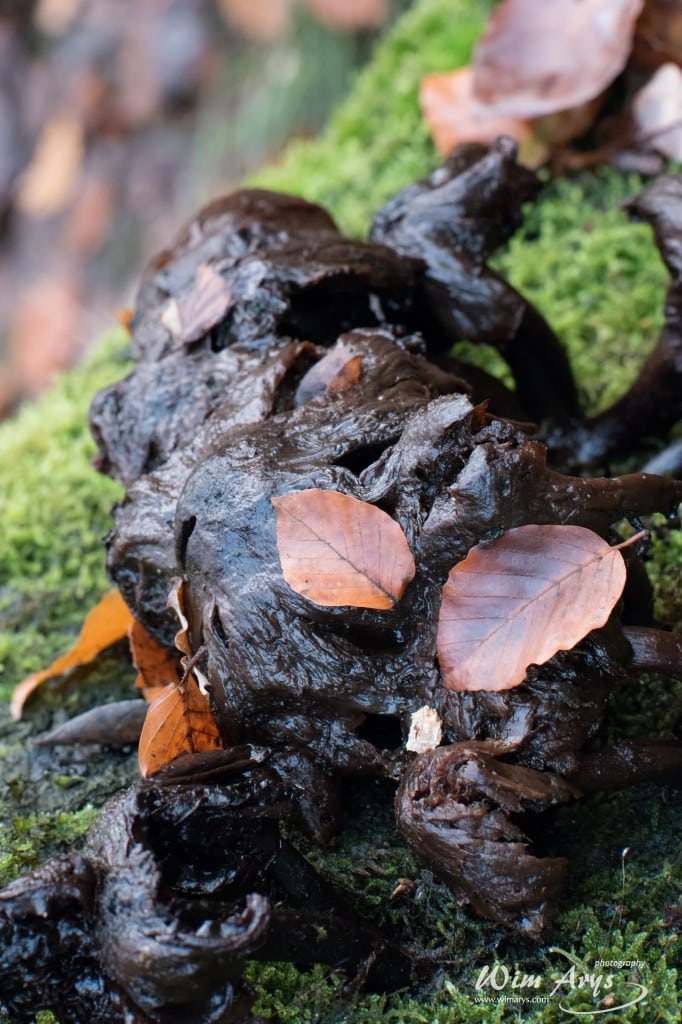



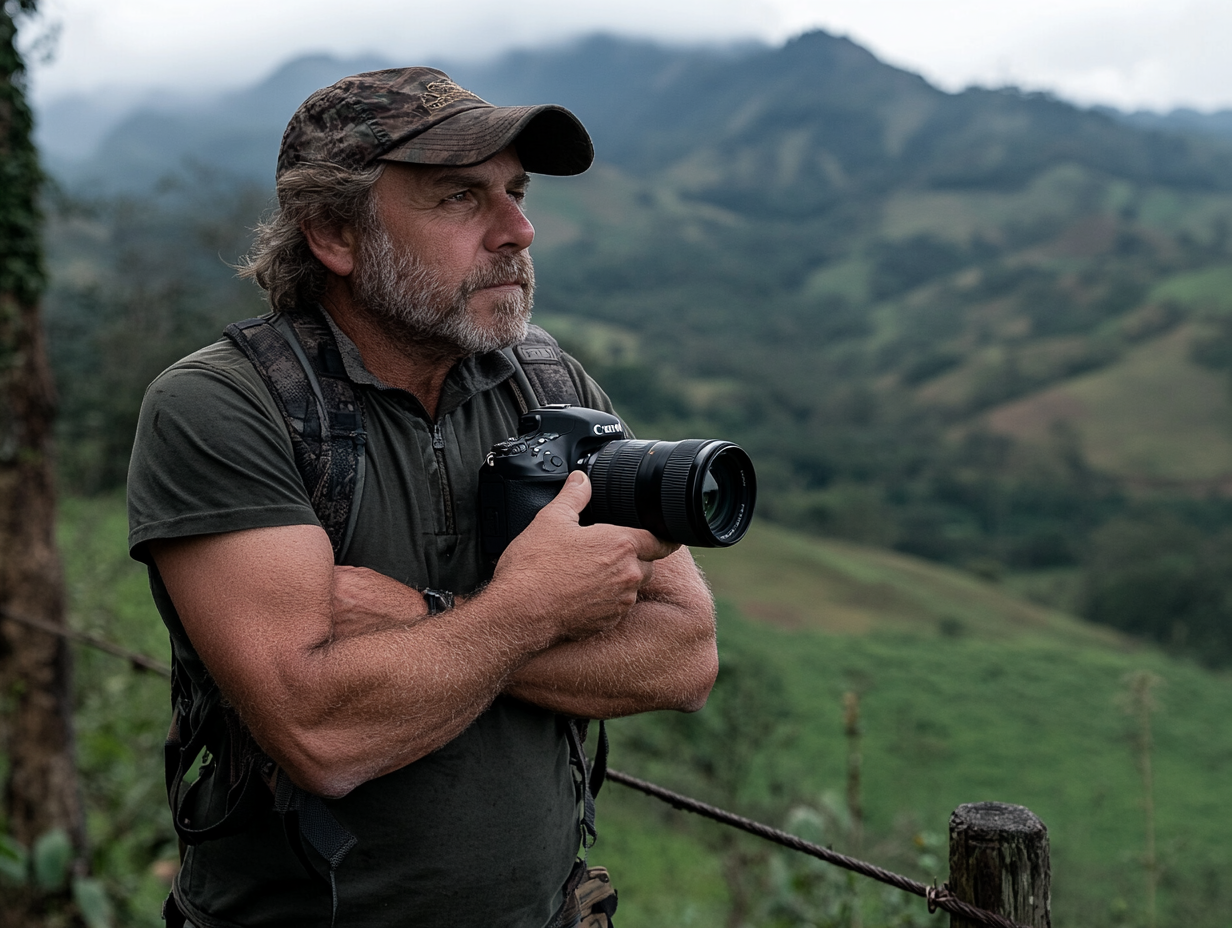
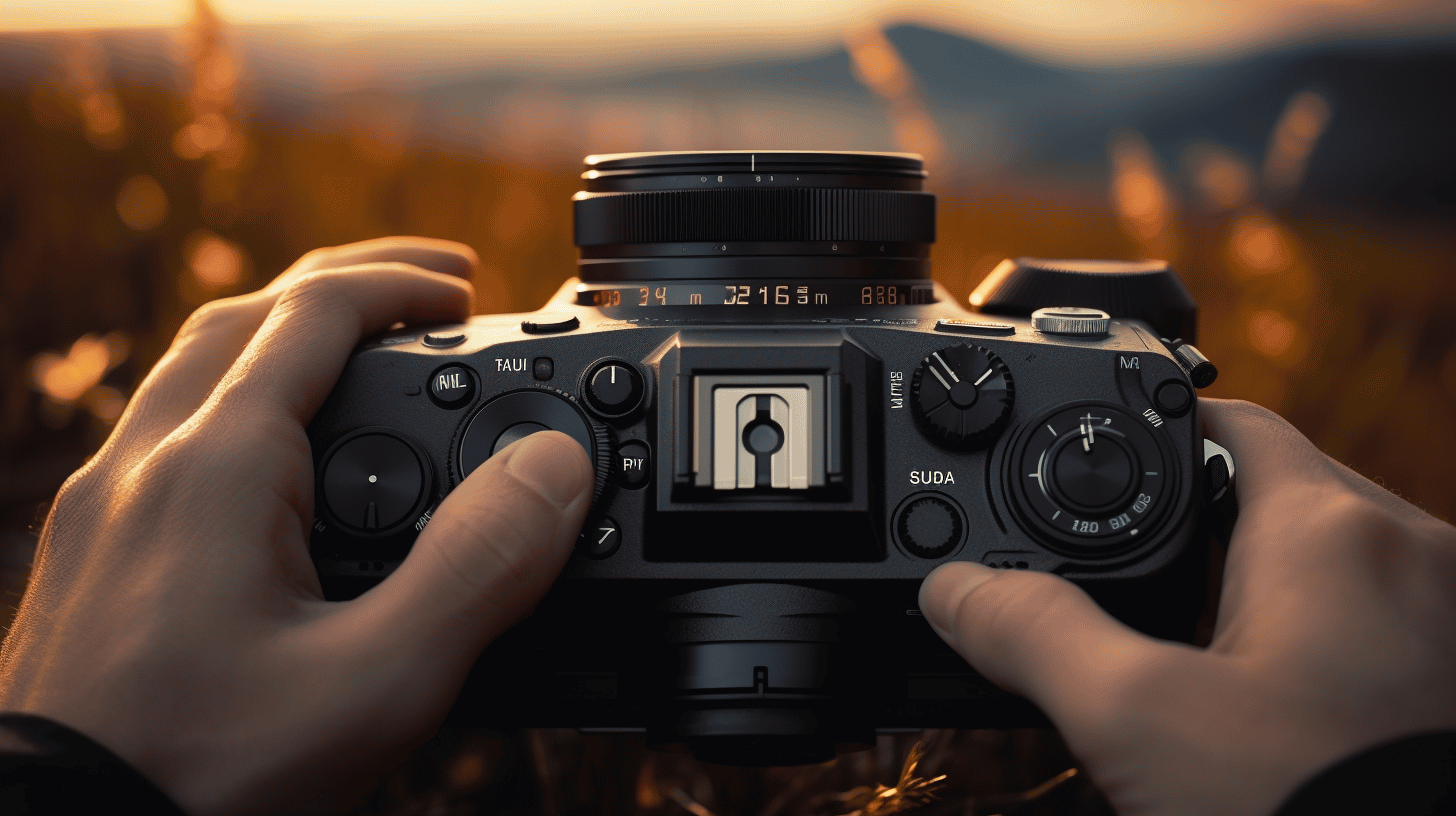
thx for this very usefull test.. i own the NX1 since monday and without any other APS-C camera i know to compare (i come from compact camera shooting) i didnt know whether what i had here was actually good, compared to other cams in the same class…
i also do agree that i like the “cool” look of the NX cam pictures too.. already the NX30 showed that feeling .. one of the reasons i wanted the NX1, apart of the marvelous specs..
Hi Martin, thanks. Yes I think you’ll be very pleased with your NX1. Only problem might be a limited choice of good lenses. I also feel that their Optical Image Stabilisation system might not work as well as other brands, but I’ll do some more testing with the Samsung 50-150mm f/2.8 S ED OIS Lens over the next few days.
Hi,
Thank you for your first test pictures with Samsung NX1. They look really good to me. You mentioned, that you have Nikon D7100. What do you think about Samsung NX1 vs Nikon D7100 in terms of still images quality like dynamic range, colors, details on the images etc.?
Next is video. Here we have new, more efficient codec H.265. There are already rumors, that it is a headache, the supplied software is slow in transcoding the files and video files are killers for current computers in use. What do you think about it? How should this problem be approached to avoid unnecessary frustration?
Hi Leszek, I’m not a videographer, I’ll see if I have time to do some video with the NX1, but as I said I don’t have much experience with that so I don’t feel comfortable judging those aspects of the camera. I’m guessing that once third party software editors start supporting the NX1, things will get easier. And apparently slower computers have a heard time dealing with the files, that should at least tell you that there is a large amount of data, and more data always means more flexibility. But if video is your main use for the NX1, I’d advise you to wait a couple of months until all this has been sorted out. And prices will have dropped a bit then, knowing Samsung.
In regards to image quality, first you’ll need to think about lens selection. Does Samsung offer a large enough Pro lens selection for you? 16-50mm f/2-2.8, 50-150mm f/2.8 and 85mm f/1.4 are the only current lenses I would consider from them. Is that enough for you? Nikon has a much larger line-up. The reason why I’m mentioning this is that it’s no use judging sharpness and detail with the cheaper line-up. If you use any of these ‘Pro’ Samsung lenses, you’ll be very pleased with the results.
Now as you probably now Nikon uses Sony sensors in their cameras, Samsung makes their own (in this case a BSI APS-C sensor). Before baking the RAW files, the data coming from the sensor is handled in different ways depending on the manufacturer. The NX1 seems to have a lot of detail in the outline of shapes and objects, giving it a visually strong appearance, but a bit less fine detail. (I’ll need to investigate this more thoroughly in the next days though) But I personally like using a different sensor as it does give you a different type of image than 90% of what’s out there.
In regards to colour rendering, the NX1 renders very cool, non-saturated images. You’ll need to play adjust white balance to get the most out of it, or perhaps they’ll adjust this in a new firmware update. I personally think the images do look fantastic after adjusting WB. When the Sony A7s came out, some reviewers said it had a ‘Medium Format Look’. The NX1 files do remind me of that too.
In terms of dynamic range, it performs as well as any other excellent APS-C sensor. If you need more, you’ll need to go with a Full Frame or Medium format camera.
I’ll update these findings in my full review early next week.
You should remember that it’s just another camera though, and a new and better one is always around the corner. If you need it for work, for your income, stick with cameras in your field that have already proven themselves. Or wait before buying the NX1 until the dust has settled and you know exactly how it will perform.
Thank you for your reply. I’m interested in do-it-all camera, still images and video. I see two options in this category, Panasonic GH4 or Samsung NX1. I know, that GH4 is superb camera for video, but when it comes to still images it is not so great especially in low light conditions. It needs very fast lenses and sometimes it may not be enough. I read your article about Samsung NX1’s AF performance. I wonder, what do you think about Samsung NX1 as a whole camera for low light conditions?
There is no real solution to your problem Leszek. I’d say the Sony A7s is the best all-round, any light camera right now. But if you want to record in 4K, you’re gonna need an external (bulky) recorder to do that. You could use the Samsung NX1 for low light with a flash or video light though.
I’m in pretty much the same boat as Leszek. I shoot film & TV production stills and on set video and currently use Canon 5Dmk3 for stills and the Canon XF300 for video.
What appeals to me about cameras like the Sony a7s and Lumix GH4 is that they shoot very good video and they shoot stills with a SILENT SHUTTER which is a Godsend to me having worked most of my life with blimp silencers, heavy and cumbersome. The other player in this game is the Fuji XT-1 Graphite (silent shutter) which is not bad in low light, which I work in a great deal, but it doesn’t have video. I have the XF300 video camera but it has a huge depth of feild and I’m looking for something a little more ‘filmic’ and less video. So, my dilemma is: a7s or GH4 or XT-1 and now perhaps the NX1 ????? I think I can eliminate the GH4 as I don’t feel comfortable with the small sensor and the noise is not so good. The sony is obviously great in low light and is full frame and is silent and shoots video but is quite expensive at double the cost of the Fuji. Also, I’ve been a working photographer for quite some time, well before digital and I feel a little uncomfortable using cameras without a history. I know that sounds silly, but it’s always in the back of my mind. As things stand, I’m closer to the a7s but then I hear Canon are close to a mirrorless camera (poss early 2015). I can use my current Canon lenses on the Sony but the metabones adapter doesn’t really work that well and when testing found I could focus quicker manually. Decisions decisions !! I don’t even know if the NX shoots silently and if it didn’t, that would be eliminated. There is almost too much choice right now, and there is never the perfect camera. Thank you for airing your impressions of the NX1, certainly from a video point of view, it’s ahead of the pack and I’ve read that the video from it resembles the RED camera, praise indeed.
Hi Neil,
the NX1 has a front curtain electronic shutter, so not completely silent. I do really like the images coming from this camera, especially at low ISO, they look somewhere between the A7s and the Sigma DP2 Quatrro. I personally love my Fuji X-T1 for photography, fantastic camera with some of the best lenses currently available (like a 350 Euro unbelievably sharp kit lens). Next month, the new XT1 firmware will bring the silent shutter to the black version too.
But I’d say your safest bet is the A7s for video, wait until after Christmas, it is rumoured there will be a price drop early next year.
Thanks Wim,
It’s good to know that the NX’s shutter is not completely silent. The “quiet mode” in my 5D is pretty good but when I need it to be silent, it really needs to be. So the NX is out for me. You are right, the Sony is my best bet and is really ahead in my list. I don’t need to shoot 4K now and the atomos 4K recorder which has just come out, will drop in price by the time I need it. The Sony does tick almost all the boxes and the fact it’s only 12megapixel doesn’t matter, it’s the quality of the pixels and the lenses that matter.
I shall wait until the New Year to see what happens. In any event, I’m going to wish I’d waited, but that’s been the case since I first bought my canon 1Ds for £6500 !!!
We as photographers wrestle with pixels and noise and this and that.. our clients mostly don’t know a pixel from a pixie and noise to them is a late night party. It’s the internet syndrome where we compare and contrast to the last degree. I appreciate your advise and shall have a chat with Sony rep when he comes to the store I use here in London.
I do like the idea of using a Samsung NX1, and (for me) getting images with a different look though, and it is a very easy camera to use. But it’s gonna at least need a fantastic firmware update to get in the game. Switching to Samsung now as your sole camera for your work seems risky to me.
What I don’t like about Sony is the constant release of new models, without much support and new functionality via firmware updates. Like the small annoyance of not being able to change auto ISO range in iAuto mode (should be an easy fix), but it never happens. And it’s like you have to upgrade every 6 months if you want the latest features.
Fuji has an 18 to 24 months release cycle (which I find is just about right) and actually make very usable and complete cameras from firmware 1, and you can rely on them to stretch the capabilities of their hardware to the limit.
I totally agree with you, all that matters is that your client is happy with your work. If you need any buying tips, send me a private message.